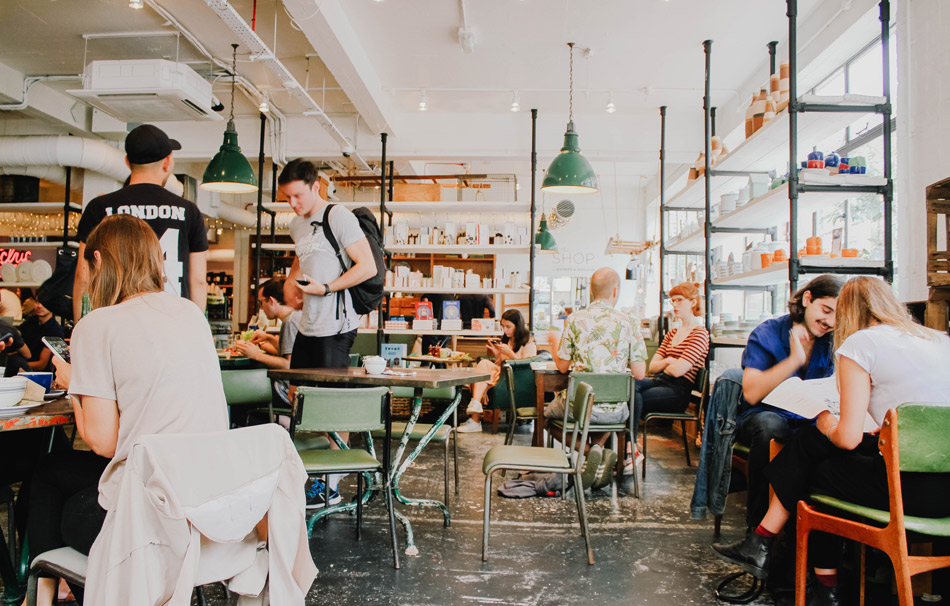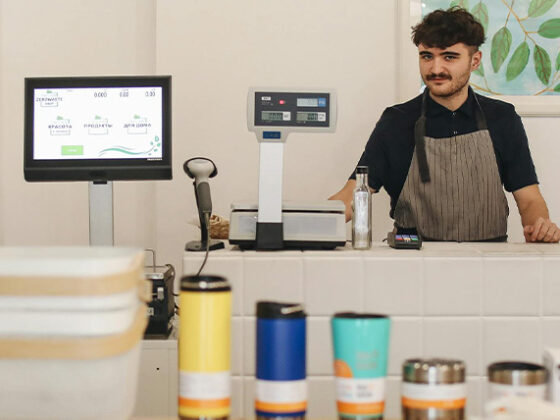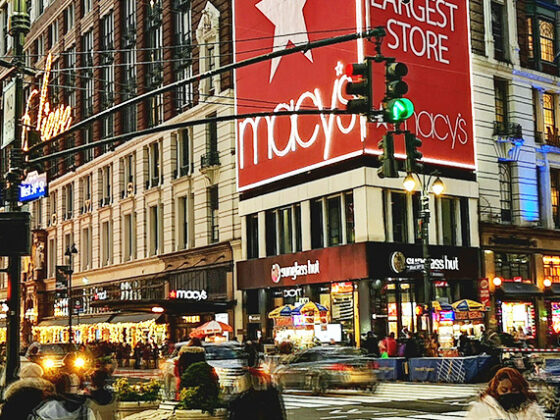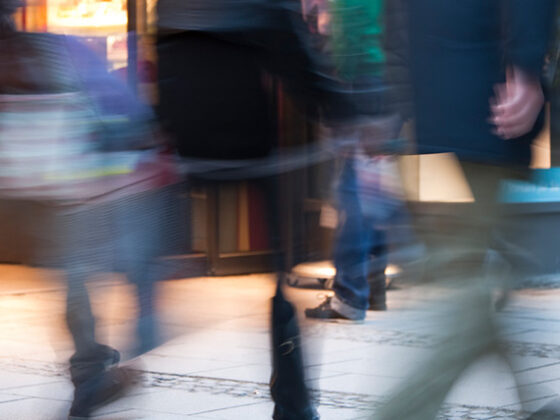I have talked about the importance of retailers connecting with their customers – meeting them where they are, understanding how they’ve changed, and refining what is offered to better serve them. But this idea of connection goes further. Retailers are finding new ways to engage authentically with their customers, and there is an opportunity for retailers to provide space, purpose, and reason for people to reconnect with each other. But even as retailers seek to reengage with consumers, many people are finding that – for at least a couple of reasons – reconnecting isn’t as easy as they thought it would be.
They Don’t Remember How
As areas of the world come out of the most stringent lockdowns of the pandemic, many people have been saying the same thing: they don’t remember how to relate to other people. It’s become an almost-painful joke that underscores the extreme isolation of the last year. People are struggling with figuring out how to reconnect and be with others.
Many are Experiencing Profound Loneliness
In and among all the parents struggling to work from home while supporting their children doing online school while never having a moment of quiet, there have been even more people struggling to simply survive the loneliness of the pandemic. Self-isolating and social distancing as a family is much different than self-isolating and social distancing for someone who lives alone.

Retail Provides Opportunities – and Excuses – to Connect Again
I think this is one of the most understated purposes of brick-and-mortar retail. Beyond ordering something online, which is a one-to-one experience rather than an immersive experience, retail becomes part of the social fabric. I believe that this affords many opportunities for retail to explore different dimensions to socialization. Whether it’s connecting with a friend in a newly re-opened café, shopping with friends for wardrobe updates, or enjoying a mani-pedi session with a family member that you haven’t seen in six months, retail of all kinds opens doors to connecting people. And as retailers consider the consumer desire to connect, it will impact the way they locate and design their stores.
As we observed in a recent Chute Gerdeman article:
People are actively seeking out communities to find support and belonging. Consumers are finding strength in numbers, and it’s clear that it’s impacting retail. No matter how big or small, brands are re-assessing their efforts to bring a sense of community into their offering. For some it’s sparked an entirely new format strategy, while others have created outlets that bring communities together.
Retail Location Strategies that Bring Communities Together
Retailers should meet and connect with consumers where they want to be. These days, it’s more than just at a mall. A great example of the future of retail location strategy is the opening of Bloomie’s in Fairfax, Virginia, this summer. The store will be roughly 10% the size of a traditional Bloomingdale’s department store. The store will “serve as a hub for experiences, with a focus on fashion, and feature Colada Shop, a restaurant serving coffee, Caribbean-inspired small bites and cocktails into the evening.”
Rather than locating in a shopping mall, Bloomie’s will be located in the Mosaic District shopping center – a mixed-use development with retailers, apartments, offices, town homes, a grocery store, and a movie theater.
This approach by Macy’s (owner of Bloomingdale’s and Bloomie’s) is precisely where retail location strategy and consumer-centric retail converge: in the neighborhood, in a more focused space, with the goal of giving people a place not just to shop but to gather, socialize, and connect.




